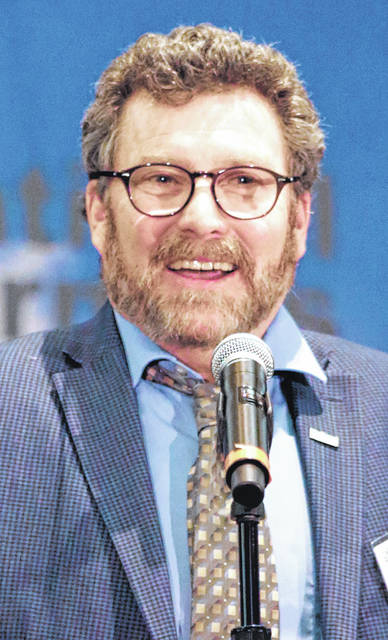
Climate change and green houses gases (GHG) have been hot topics for agriculture in the past few months. Farmers are being considered as a part of the solution, as companies who spew GHG want to pay farmers to put in place practices that will sequester carbon in the soil.
A few examples of sequestration practices include planting cover crops to remove more atmospheric carbon dioxide, as well as no till farming to reduce soil displacement into the atmosphere. These are fine ideas; benefits of our free market system as family farmers enjoy a new revenue stream and potentially better soil health.
However, one segment of agriculture is being targeted and used as a whipping post by some. I‘m talking about producers with cow herds, whether dairy or beef cows. Methane is now blamed as a major culprit in our global climate woes.
Let’s look at some historical references about large mammals who have inhabited the U.S. and Canada since the land was settled. It’s important to understand which animals cattle have replaced on the landscape. Right now, there are approximately 100 million cattle in Canada and the United States. Estimates of bison in this same region totaled about 70 million compared to today’s count of 350 thousand. Elk numbers were 10 million 300 years ago, but today’s number is one million. The same can be said for deer and antelope, their numbers have decreased in the same time period. My point is that the number of large mammals in this part of the world has not changed dramatically in the last 300 years.
Something that seldom enters the discussion is the length of time in which select GHGs remain in the atmosphere. Methane has a life expectancy of 10 years, compared to an estimate of 300 years for CO2. If we are looking to stabilize the amount of GHGs in the atmosphere, then we should consider stabilizing our current cattle herds, which would go a long way to slow the earth’s warming. The University of New Hampshire is conducting studies to determine if seaweed additives in cattle feed could reduce the amount of methane a cow emits. If this works on a wider scale, then we can start reducing the amount of GHGs contributed by agriculture with the same stabilized cattle herd.
Of course, there is a big reason why we need to have farm animals, including cows in the global food diet. We know we do not have enough tillable ground to raise the food this planet needs. The United Nations estimates we have 7.8 billion people on the planet and some experts point to vertical farming as a solution. Vertical farming translates to crops being grown indoors, under artificial conditions of light and temperature.
Even with vertical agriculture, I do not believe we can all eat a solely plant-based diet. According to a study published in May, 2020 by the Food and Agriculture Organization of the United Nations, 38 percent of the global land surface is used for agriculture. Of that, one third is cropland and two thirds is pasture land. This same study provided a historical reference of cropland to population. In 1961, there was 1.11 acres of cropland devoted to feeding one person in the world. By 2016, that number had dropped to .52 acres per person. In 1960, a farmer fed just 26 people. Today, the average U.S. farmer feeds 155 people.
Despite that increase we are falling behind feeding the world’s population. A plant-based diet alone can’t feed the world. This is one reason why we need family farms that raise the milk and meat that are crucial to our diets and food security.




